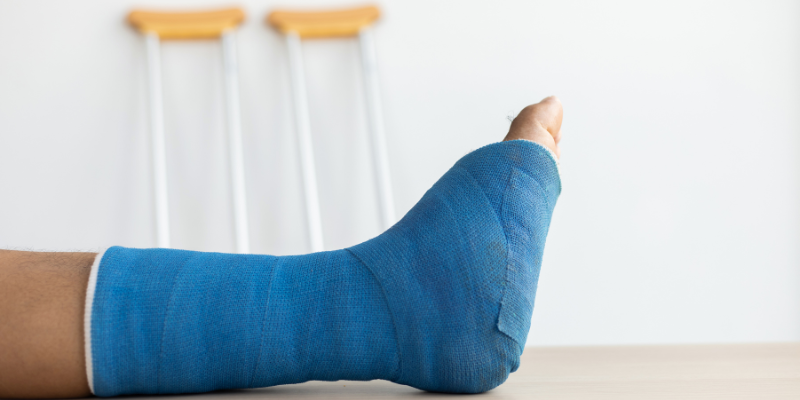Fracture Fixation
Fracture Fixation Treatment

Treatment Range Hospital in Hyderabad offers expert surgical fracture fixation using plating, nailing, and screwing techniques for various types of bone fractures, including arm, leg, wrist, ankle, collarbone, and more. Our orthopedic specialists use modern imaging and advanced surgical methods to realign and stabilize broken bones, ensuring optimal healing and faster recovery. We are recognized as one of the trusted hospitals for bone fracture treatment in Hyderabad.
Depending on the location and severity of the fracture, our team selects the most appropriate fixation method—metal plates, rods, or screws—to secure the bone fragments. The procedure is performed in state-of-the-art operation theatres, followed by a personalized rehabilitation plan to help patients regain strength, mobility, and function. We prioritize safety, minimal discomfort, and long-term bone health in every case.
If you’re looking for reliable fracture fixation surgery in Hyderabad, Treatment Range Hospital provides affordable, specialized orthopedic care backed by skilled surgeons and modern infrastructure. Whether due to accidents, sports injuries, or falls, we ensure comprehensive fracture management from diagnosis to full recovery.
- Your 6 - Phase health Process
Your Complete Fracture Fixation Journey
🩺Phase 1: Symptoms Identification
- Sudden pain after trauma, fall, or impact
- Inability to move the affected limb or joint
- Swelling, bruising, or visible deformity
- Inability to bear weight or lift objects
- Loss of normal limb function or alignment
📋Phase 2: OPD Consultation with Orthopedic Surgeon
- Physical examination of the injured area
- X-ray or CT scan to assess fracture type, location, and severity
- Evaluation of patient’s age, bone quality, and activity level
- Discussion of treatment options — conservative (cast) vs. surgical fixation
- Surgical planning if fracture is displaced, unstable, or involves joints
🧘♀️ Phase 3: Causes (Etiology)
- Falls or sports injuries
- Road traffic accidents or industrial trauma
- Osteoporosis-related fragility fractures
- Repetitive stress or overuse injuries
- Pediatric fractures
🧪Phase 4: Diagnosis & Surgical Planning
- Classification of fracture
- Consideration of soft tissue, nerves, and blood vessels
- Fixation method chosen:Plating,Intramedullary nailing,Screwing
- Pre-surgery tests and anesthetic clearance
💊Phase 5: Treatment – Fracture Fixation Surgery
- Under spinal/general anesthesia, the bone is aligned and fixed using metal implants
- Intraoperative imaging ensures correct positioning and stability
- Surgery duration: 45–120 minutes depending on site and complexity
- Post-operative bandaging, immobilization, and pain control
- Hospital stay: usually 1–3 days
💪Phase 6: Post-Surgery Care & Recovery
- Ice packs, elevation, and medications for swelling and pain
- Use of sling, brace, or walker depending on fracture location
- Physiotherapy begins within days to restore strength and mobility
- Regular follow-ups and X-rays to monitor bone healing
- Bone healing time: 6–12 weeks
- Return to sports/heavy activity only after complete healing and doctor clearance
Insurance Support










- Why Choose Us
Why patients trust us with their care
- Patient Testimonials
Patient stories of care and recovery










- Frequently Asked Questions
Helping you understand Our healthcare
Fracture fixation is a surgical procedure where metal implants—such as plates, screws, or rods—are used to stabilize and align broken bones, allowing proper healing.
- Plating: Metal plates fixed with screws along the surface of the bone
- Nailing: A rod inserted inside the bone canal (used for long bones like femur, tibia)
- Screwing: Used for small bones or to fix bone fragments (e.g., wrist, ankle)
Surgery is typically needed when:
The fracture is displaced or unstable
It involves a joint
Conservative treatment (like casting) won’t ensure proper healing
There is a risk of non-union or malunion
You may experience mild to moderate pain after surgery, which is controlled with medications. The procedure itself is done under anesthesia and is not painful.
X-rays and CT scans help assess the location, type, and severity of the fracture
Physical examination checks for swelling, deformity, or nerve/blood vessel injury